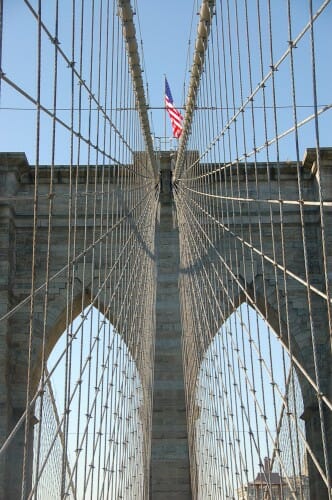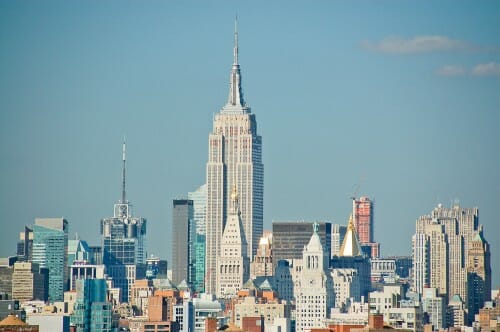Fake News vs. Mischaracterized News
I wrote last week that I thought the whole "fake news" thing was just another excuse for censorship from the Left. I think the problem in online political discourse is not so much with "fake news" but mis-characterized news -- ie the problem is not the news itself but the headline and spin that are layered on top of it.
From time to time I get absolutely inundated with comments on some post from folks who are not regular readers. When I read these comments, my first question is, "did they even read the article?" And you know what I have learned? They did not. Someone on some other web site has written some odd summary of what I have written, spun to fit whatever narrative they are pushing, and then sent folks to my site, who comment on the article as if that 3rd party summary was an accurate precis of the article, eliminating the need for anyone to actually read it. The article I wrote years ago called the Teacher Salary Myth still to this day generates hostile comments and emails because the NEA and various other organizations love to link it with some scare summary like "this author is happy you can't afford to feed your family" and send 'em on over to troll.
Here is my experience from reading most partisan websites on both sides of the aisle: the facts of an article linked, if you really read it, seldom match the headline that sent me over to it. Here is an example I pick only because it is the most recent one in my news feed. Apparently, according to blog headlines all over, a professor at Rutgers threatened on twitter to kill all white people and was thus dragged off to well-deserved psych evaluation. The Breitbart headline, for example, was: "Rutgers University Professor Taken in for Psych Evaluation for Tweets Threatening to Kill White People."
But if you read even their own article, you can find the tweet in question: "will the 2nd amendment be as cool when i buy a gun and start shooting at random white people or no…?” Yes, I know it is horrible that a professor at a major university has so little facility with English, but beyond that I am not sure how any reasonable observer can take this as a threat. He is clearly making a point that folks might change their opinion on gun control if lots of white folks, rather than black folks I assume, got shot. I actually think he is wrong -- people would have the opposite reaction -- but it is true that a far higher percentage of blacks fall victim to gun violence than whites and I don't think this formulation of his is an unacceptable way to raise this topic. It is really no different than when I asked, any number of times, how New Yorkers' opinion of stop and frisk would change if it was done at the corner of 5th and 50th (in Midtown) rather than in black neighborhoods. The scary part of this, if you ask me, is a professor was dragged into psych evaluation like he was Winston Smith or something.
So here is my advice for the day -- before you retweet or repost or like on Facebook -- click through to the link and see that it says what you think it says. I have not always followed my own advice but many times when I have not, I have regretted it.
 working to slip a biofuel mandate that would add $150 million to New Yorkers’ heat expenses into the state budget just as a company he owns completes construction of the largest biofuel plant in the region.
working to slip a biofuel mandate that would add $150 million to New Yorkers’ heat expenses into the state budget just as a company he owns completes construction of the largest biofuel plant in the region.

